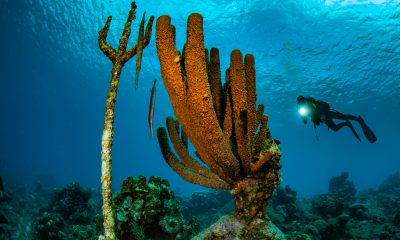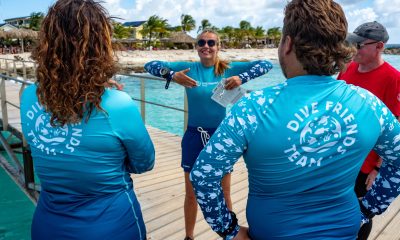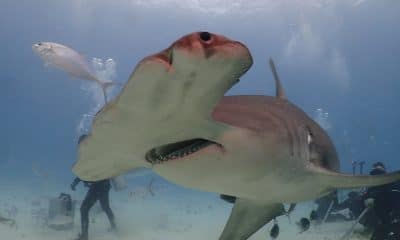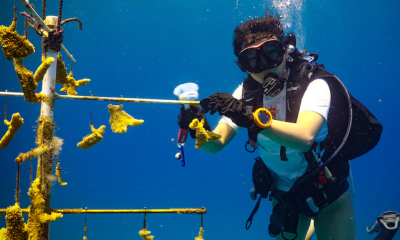News
Rare Caribbean coral grown in lab for the first time
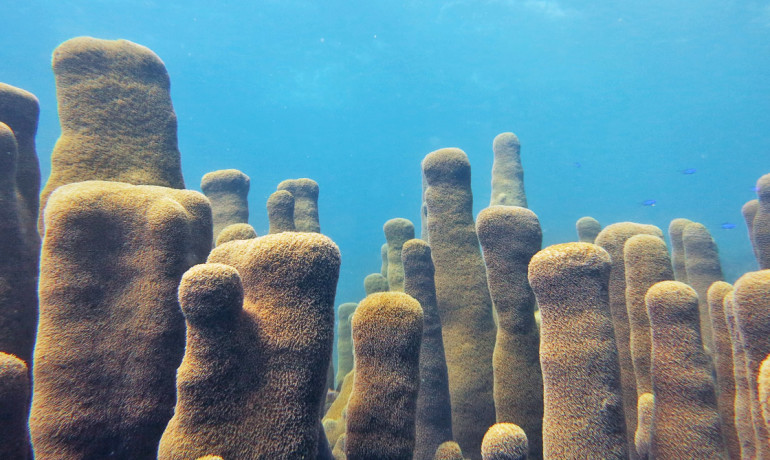
Caribbean pillar coral, a rare and threatened coral species, has been bred and raised in a lab by scientists for the first time.
The work provides the first photos and documentation of juveniles of this species, and could provide information to aid the conservation of coral reefs in the study area.
The team plans to “out-plant” these lab-grown juveniles in the wild, which could help populations become more resilient to climate change.
The Caribbean pillar coral Dendrogyra cylindrus is rare and understudied, and small juveniles of this species have never been seen in over 30 years of surveys in the Caribbean. The species is one of very few corals in the Caribbean that forms large branches which can provide shelter for important fish species and can reduce the energy of storm surge as it approaches shore.
“Strangely enough, pillar corals happen to spawn just half an hour before another threatened coral that is far better studied —t he elkhorn corals,” says Kristen Marhaver, lead author of the study and senior fellow at TED.
“So the reason why for so many years we’ve never witnessed spawning pillar corals is that while they were spawning, virtually all coral spawning researchers and photographers in the Caribbean were on their boats doing final preparations on their dive gear for elkhorn coral spawning. It was literally right under our noses for years.”
The findings were presented at a TED Conference in Vancouver, Canada last night, and also appears in the journal BMC Ecology. Mónica Medina, associate professor of biology at Penn State, is a coauthor of the study.
‘SMOKE STACK’ CORALS
Pillar corals form a unique “smoke stack” shape like no other coral species, and they display unusual mating behavior compared to most spawning coral species. Most spawning corals are hermaphrodites that release large bundles of eggs and sperm.
Pillar corals, which spawn only on a few specific nights of the year, build colonies that are either all male or all female. The males first release sperm into the seawater, shortly followed by the females releasing their individual eggs. This timing makes collection and breeding research extremely difficult.
“Now that we’ve successfully reared juvenile pillar corals in the lab, not only can we study them in more detail to find out what factors could be threatening their survival in the wild, but it also means that we can try to out-plant a small number back to the reef,” says Marhaver, who began this work as a postdoctoral researcher at the University of California.
“We don’t know if this will work and it is certainly not a cure-all for the reef. But especially in such a rare coral species, a tiny boost of a few new individuals could make a big difference in their genetic diversity, allowing their populations to adapt and become more resilient to the changing environment in the oceans.”
AFTER THE FULL MOON
After studying the sunset times and lunar cycles taken from other spawning observations, the research team timed their egg and sperm collection around the most likely annual spawning times — exactly three nights after the August full moon and around 100 minutes after sunset.
At depths of roughly 20-22 feet on a Curaçaoan coral reef with a large population of pillar corals, the team arranged nets and funnels over the female colonies to automatically collect eggs, and used syringes near the male colonies to manually collect sperm from spawn clouds as they appeared.
The team then attempted to fertilize the eggs by mixing the collected eggs and sperm underwater and on shore.
In the lab, the team carefully adjusted several factors related to fertilization times and seawater type and nurtured the eggs to develop into larvae. The scientists managed to successfully grow the embryos to the swimming larvae stage—the first time this have ever been seen—and settled them onto ceramic tripods in water tanks. The settled juveniles then survived for over seven months.
HOW TO PROTECT CORALS
Now that they have determined how best to grow these coral in the lab, work can begin on studying how different factors affect their survival. By testing in the lab the effect of water type, contaminants, or the presence of different species of animals and bacteria, the scientists may be able to translate these findings to the wild, and explain why juvenile pillar corals are missing in certain areas.
This research may help to support the protection of local coastal areas. Populations of branching coral colonies often are identical genetically, making them extremely susceptible to threats such as disease and temperature shock. The team therefore plans to return a few lab-reared juveniles to the reef to see if they will grow and help jump-start the population’s genetic diversity.
This work could help the species to adapt and to become more resilient to threats such as climate change. Evidence is growing that juvenile corals can adjust better than adult corals in some places to changing environments. The introduction of new juveniles to the reef, therefore, could help buffer these ecosystems against global threats that affect all corals.
“Given how rare the juveniles are in nature, it was a bit of a question whether the species was still reproducing at all,” says Marhaver. “Corals can also reproduce by fragmentation, so a huge field of pillar corals could in fact be from one single parent colony and might not be able to reproduce.
“Now that we have some of the first solid evidence that they are still able to reproduce, it means we can be cautiously optimistic about the future of this threatened species.”
Source: www.futurity.org
Photo: Kristen Marhaver
Gear News
Scubapro Free Octopus Promotion 2024

Free Octopus with every purchase of a SCUBAPRO regulator system
Just in time for the spring season, divers can save money with the FREE OCTOPUS SPRING PROMOTION! Until July 31st SCUBAPRO offers an Octopus for free
with every purchase of a regulator system!
Get a free S270 OCTOPUS with purchase of these combinations:
MK25 EVO or MK19 EVO with A700
MK25 EVO or MK19 EVO with S620Ti
MK25 EVO or MK19 EVO with D420
MK25 EVO Din mit S620Ti-X
Get a free R105 OCTOPUS with purchase of the following combinations:
MK25 EVO or MK19 EVO with G260
MK25 EVO or MK17 EVO with S600
SCUBAPRO offers a 30-year first owner warranty on all regulators, with a revision period of two years or 100 dives. All SCUBAPRO regulators are of course certified according to the new European test standard EN250-2014.
Available at participating SCUBAPRO dealers. Promotion may not be available in all regions. Find an authorized SCUBAPRO Dealer at scubapro.com.
More information available on www.scubapro.com.
Blogs
Northern Red Sea Reefs and Wrecks Trip Report, Part 3: The Mighty Thistlegorm
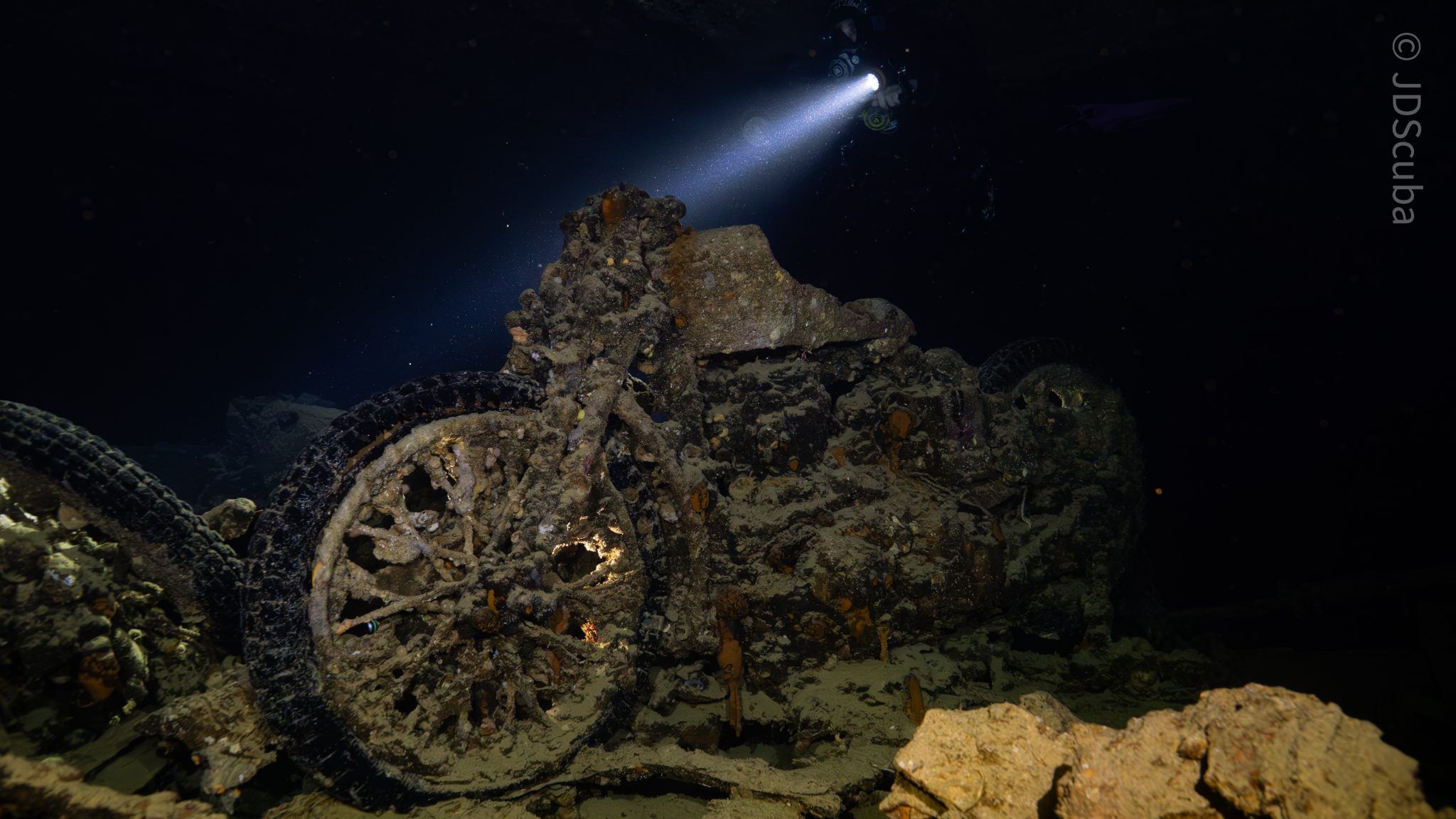
Jake Davies boards Ghazala Explorer for an unforgettable Red Sea diving experience…
Overnight, the wind picked up, making the planned morning dive a bit bumpy on the Zodiacs to the drop point on Thomas Reef. There, we would dive along the reef before descending through the canyon and then passing under the arch before ascending the wall with a gentle drift. The site provided great encounters with more pelagic species, including shoals of large barracuda, tuna, and bigeye trevally.
Once back on the boat, it was time to get everything tied down again as we would head back south. This time, with the wind behind us, heading to Ras Mohammed to dive Jackfish Alley for another great gentle drift wall dive before then heading up the coast towards the Gulf of Suez to moor up at the wreck of the Thistlegorm. This being the highlight wreck dive of the trip and for many onboard, including myself, it was the first time diving this iconic wreck. I had heard so much about the wreck from friends, and globally, this is a must on any diver’s list. Fortunately for us, there was only one other boat at the site, which was a rarity. A great briefing was delivered by Ahmed, who provided a detailed background about the wreck’s history along with all the required safety information as the currents and visibility at the site can be variable.
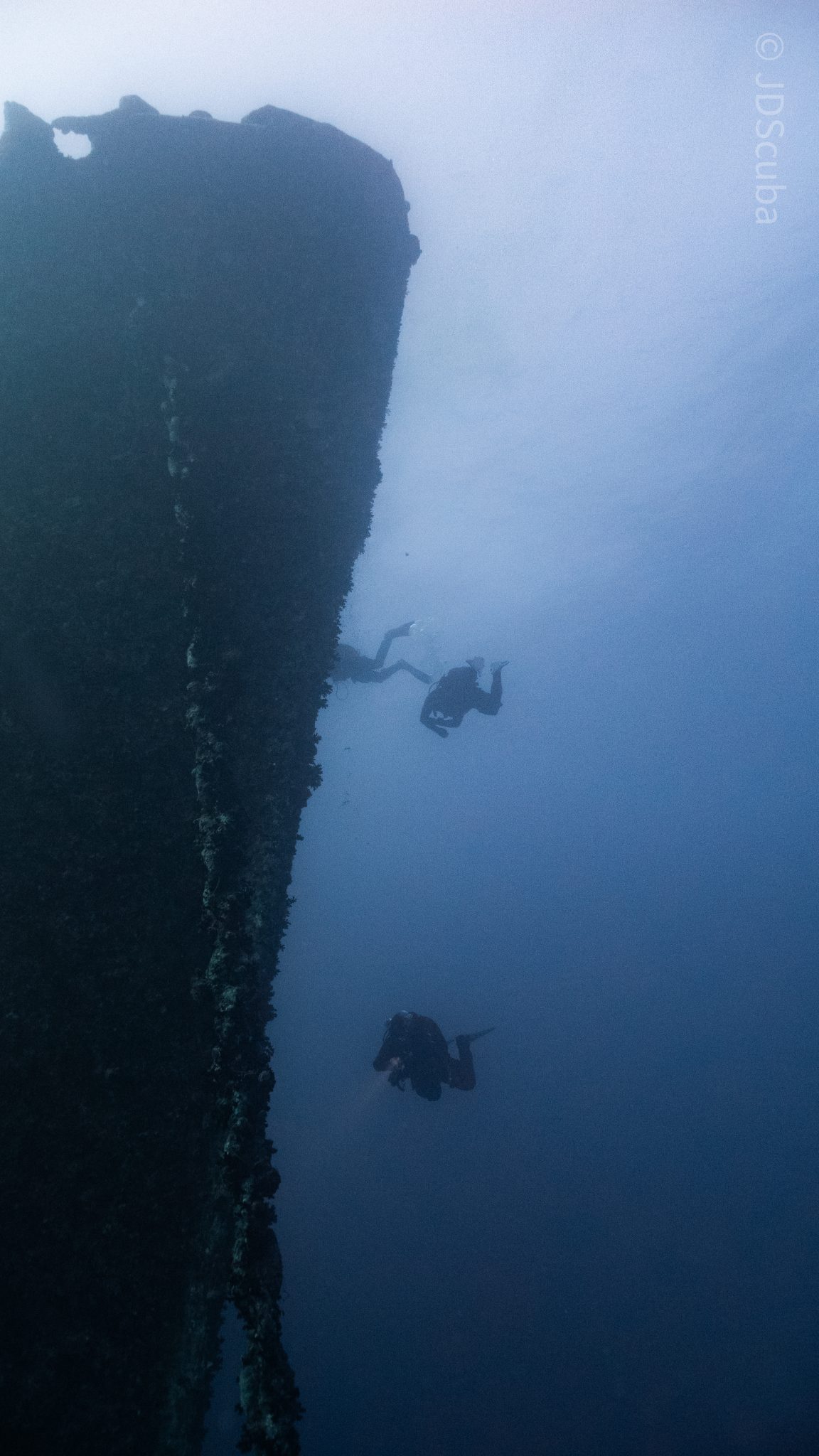
Kitting up, there was a lot of excitement on deck before entering the water and heading down the shoreline. Descending to the wreck, there was a light northerly current which reduced the visibility, making it feel more like the conditions that can be found off the Welsh coast. At 10m from the bottom, the outline of the wreck appeared as we reached the area of the wreck which had been bombed, as our mooring line was attached to part of the propeller shaft. Arriving on deck, instantly everywhere you looked there were many of the supplies which the ship was carrying, including Bren Carrier tanks and projectiles that instantly stood out.
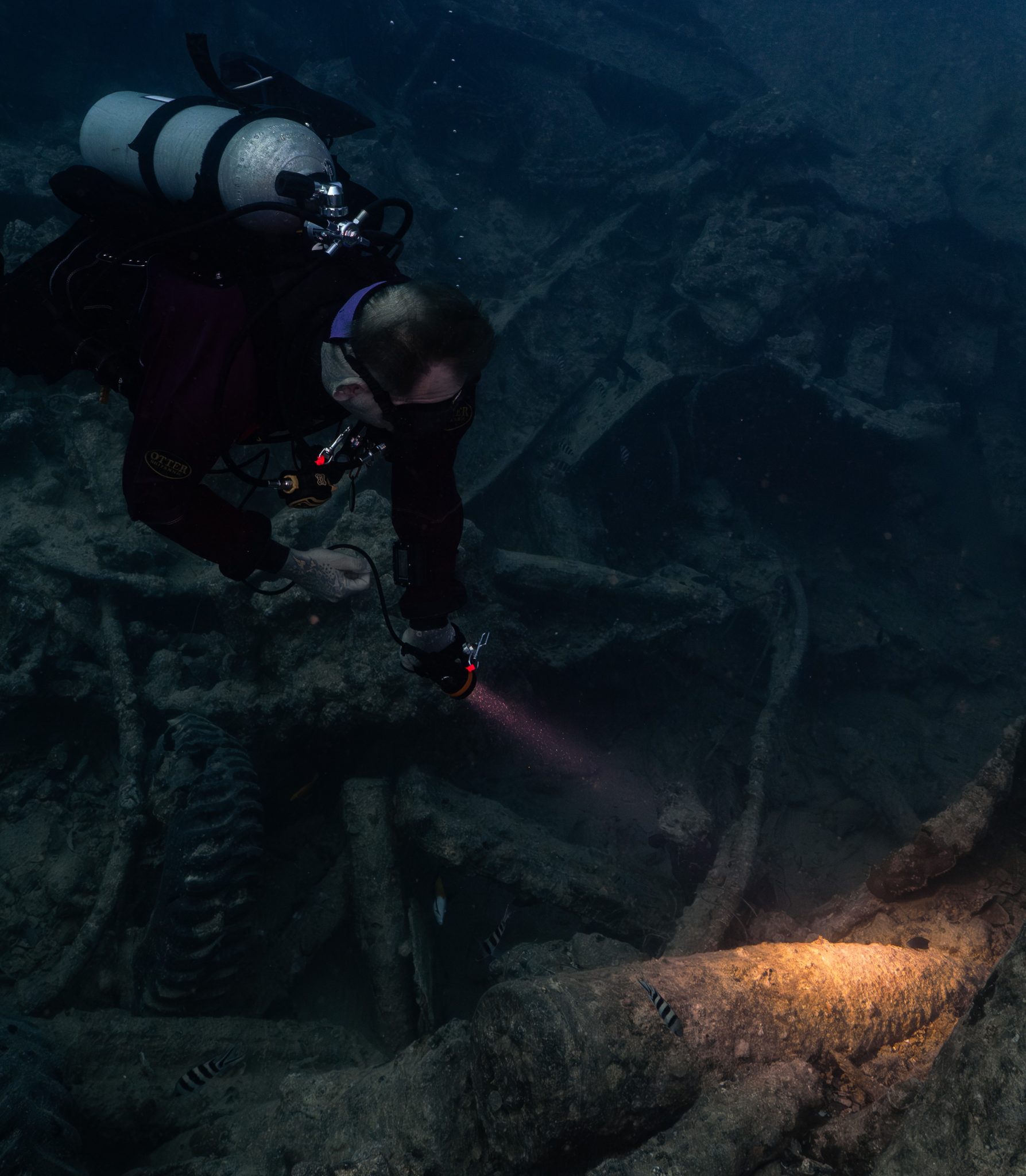
We headed around the exterior, taking a look at the large propeller and guns mounted on deck before entering the wreck on the port side to take a look in the holds. It was incredible to see all the trucks, Norton 16H, and BSA motorcycles still perfectly stacked within, providing a real snapshot in time.
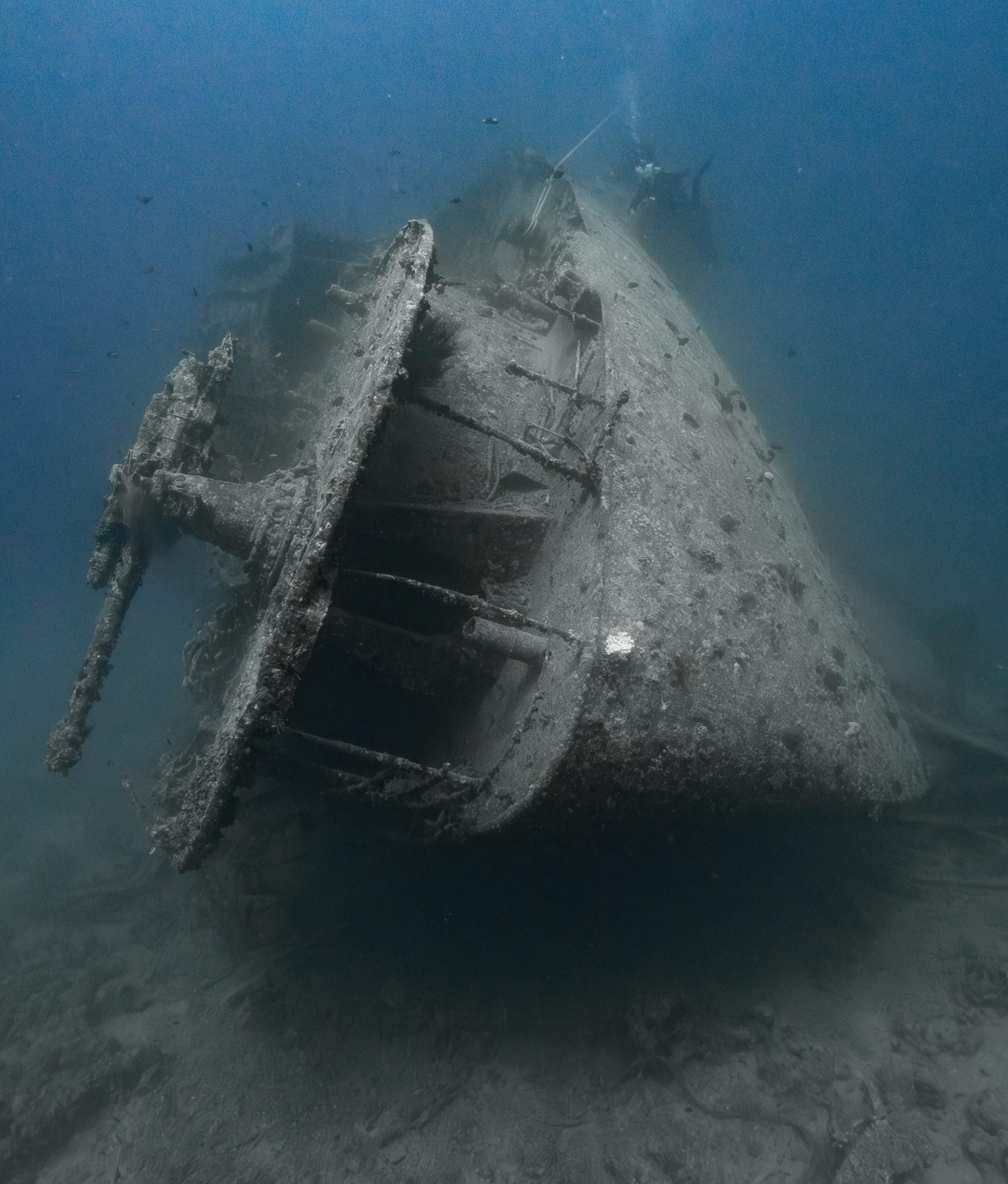
Overall, we had four dives on the Thistlegorm, where for all of the dives we were the only group in the water, and at times, there were just three of us on the whole wreck, which made it even more special, especially knowing that most days the wreck has hundreds of divers. Along with the history of the wreck, there was plenty of marine life on the wreck and around, from big green turtles to batfish, along with shoals of mackerel being hunted by trevally. Some unforgettable dives.
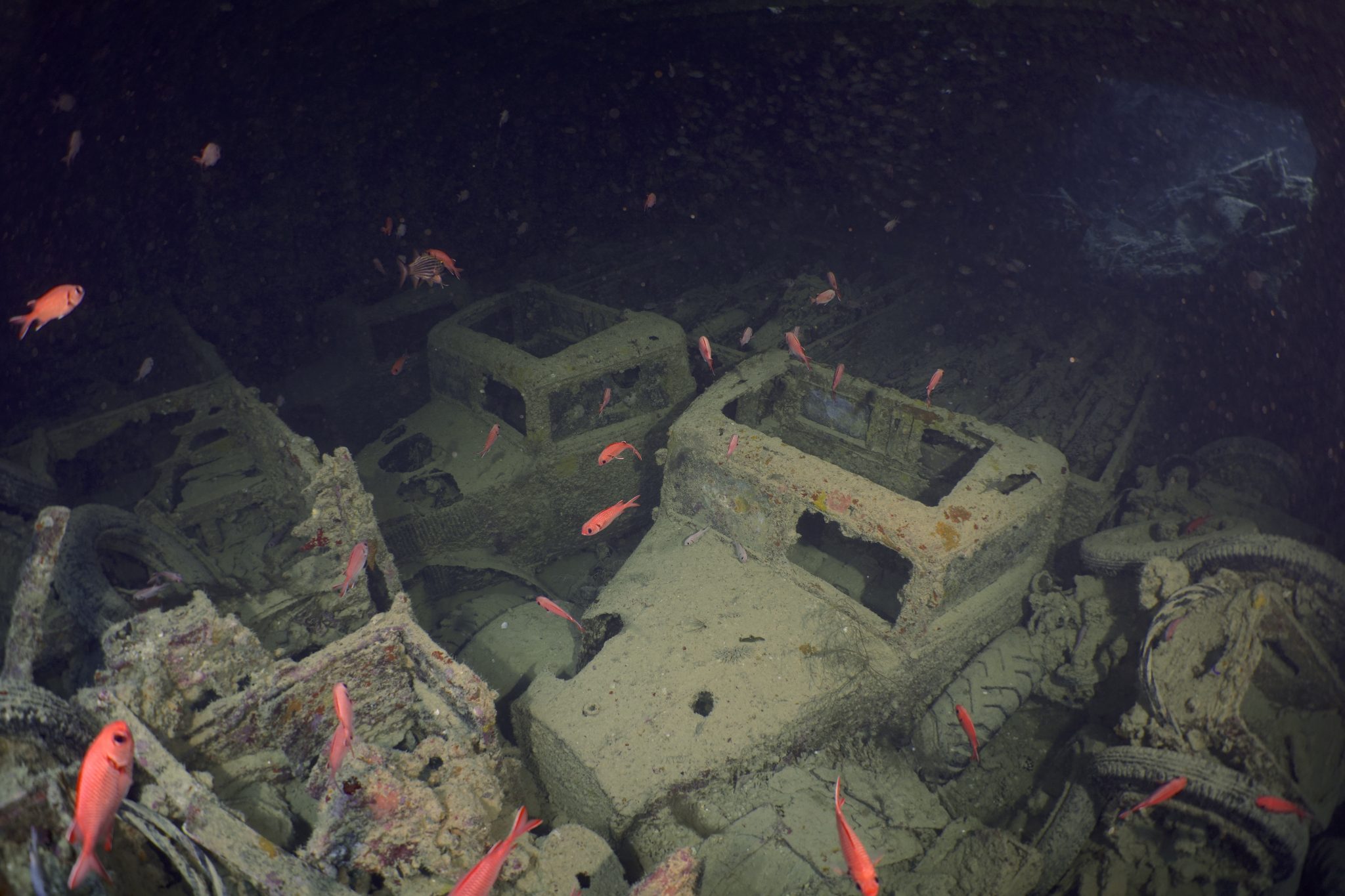
The final leg of the trip saw us cross back over the Suez Canal to the Gobal Islands where we planned to stay the night and do three dives at the Dolphin House for the potential of sharing the dive with dolphins. The site, which included a channel that was teeming with reef fish, especially large numbers of goatfish that swam in large shoals along the edge of the reef. These were nice relaxing dives to end the week. Unfortunately, the dolphins didn’t show up, which was okay as like all marine life they are difficult to predict and you can’t guarantee what’s going to be seen. With the last dive complete, we headed back to port for the final night where it was time to clean all the kit and pack before the departure flight the next day.
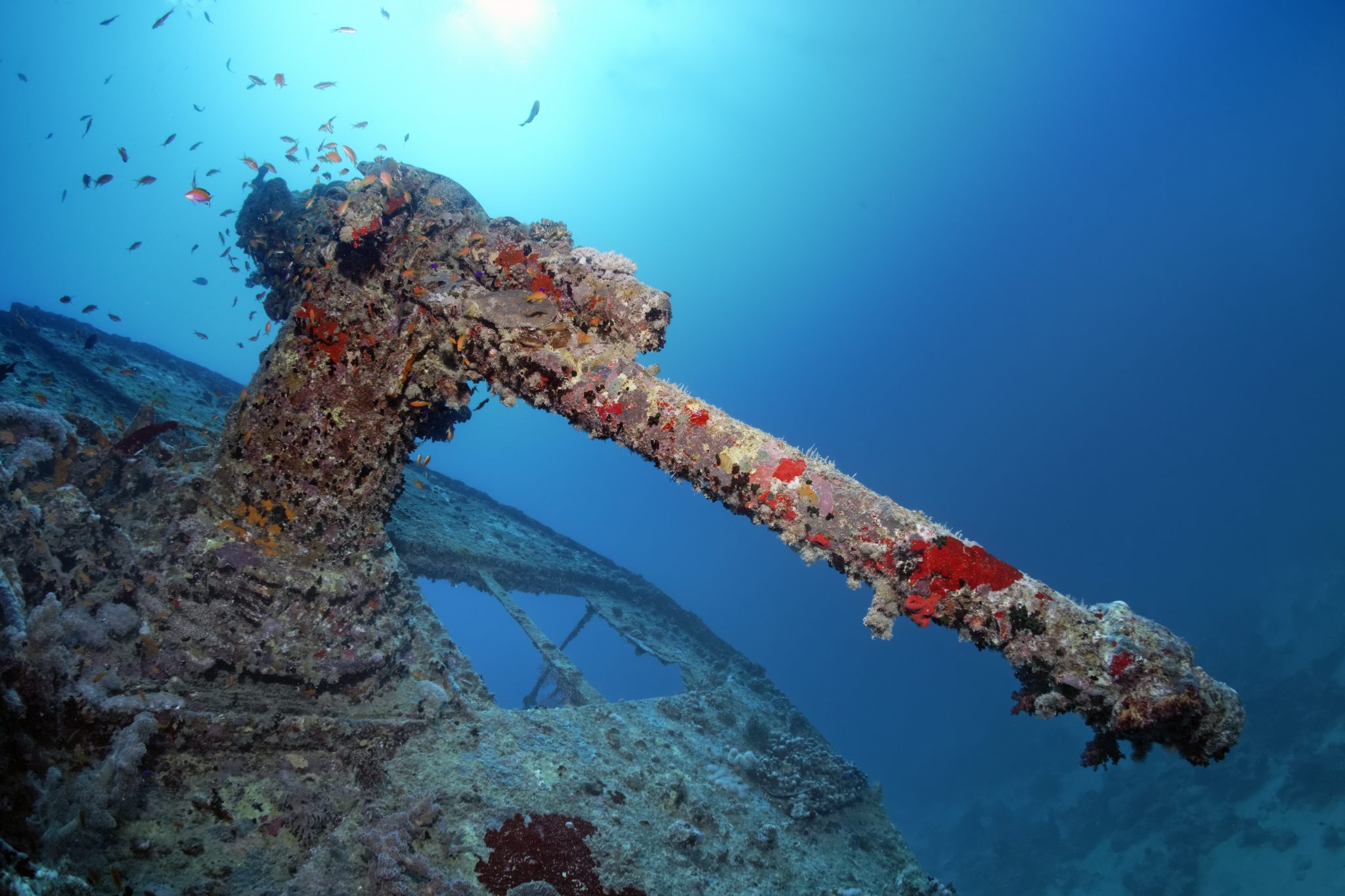
The whole week from start to finish on Ghazala Explorer was amazing; the boat had all the facilities you need for a comfortable week aboard. The crew were always there to help throughout the day and the chefs providing top quality food which was required after every dive. The itinerary providing some of the best diving with a nice mixture of wreck and reef dives. I would recommend the trip to anyone, whether it’s your first Red Sea liveaboard in the Red Sea or you’re revisiting. Hopefully, it’s not too long before I head back to explore more of the Red Sea onboard Ghazala Explorer.
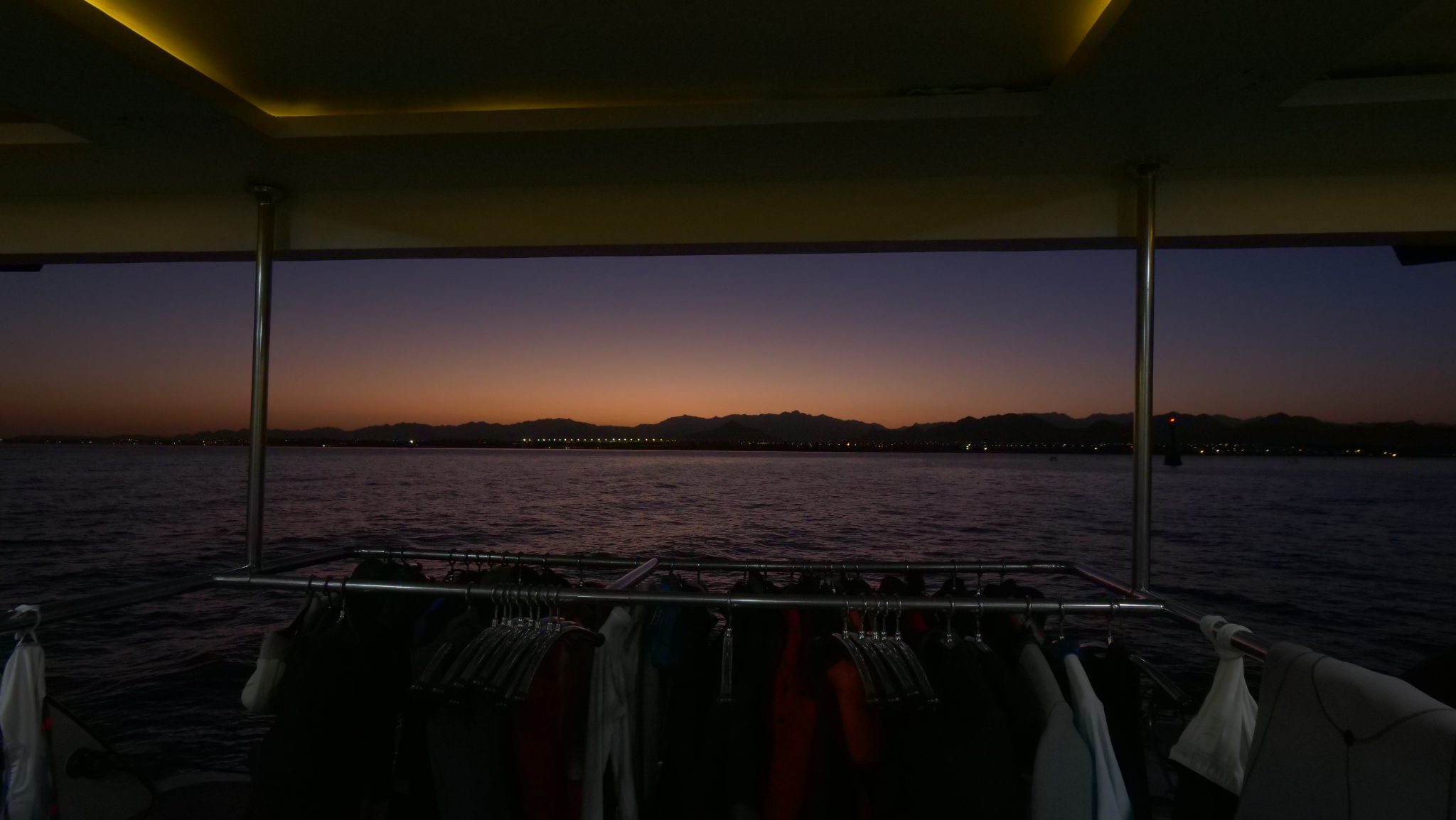
To find out more about the Northern Red Sea reef and wrecks itineraries aboard Ghazala Explorer, or to book, contact Scuba Travel now:
Email: dive@scubatravel.com
Tel: +44 (0)1483 411590
Photos: Jake Davies / Avalon.Red
-
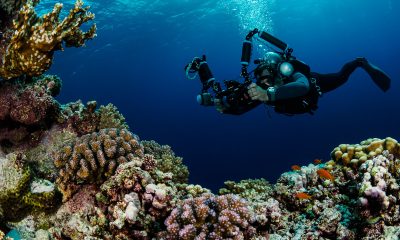
 News3 months ago
News3 months agoHone your underwater photography skills with Alphamarine Photography at Red Sea Diving Safari in March
-

 News3 months ago
News3 months agoCapturing Critters in Lembeh Underwater Photography Workshop 2024: Event Roundup
-
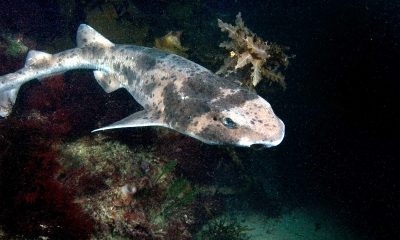
 Marine Life & Conservation Blogs2 months ago
Marine Life & Conservation Blogs2 months agoCreature Feature: Swell Sharks
-

 Blogs2 months ago
Blogs2 months agoMurex Resorts: Passport to Paradise!
-
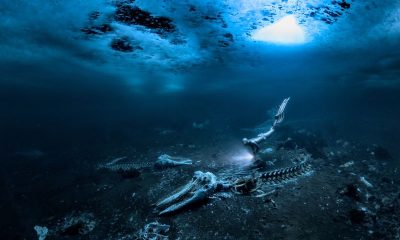
 Blogs2 months ago
Blogs2 months agoDiver Discovering Whale Skeletons Beneath Ice Judged World’s Best Underwater Photograph
-
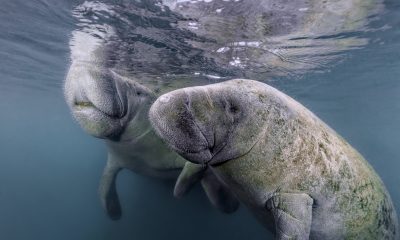
 Marine Life & Conservation2 months ago
Marine Life & Conservation2 months agoSave the Manatee Club launches brand new webcams at Silver Springs State Park, Florida
-

 Gear Reviews3 months ago
Gear Reviews3 months agoGear Review: Oceanic+ Dive Housing for iPhone
-
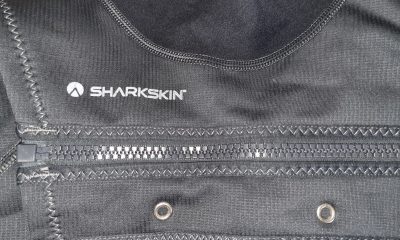
 Gear Reviews2 weeks ago
Gear Reviews2 weeks agoGEAR REVIEW – Revolutionising Diving Comfort: The Sharkskin T2 Chillproof Suit



